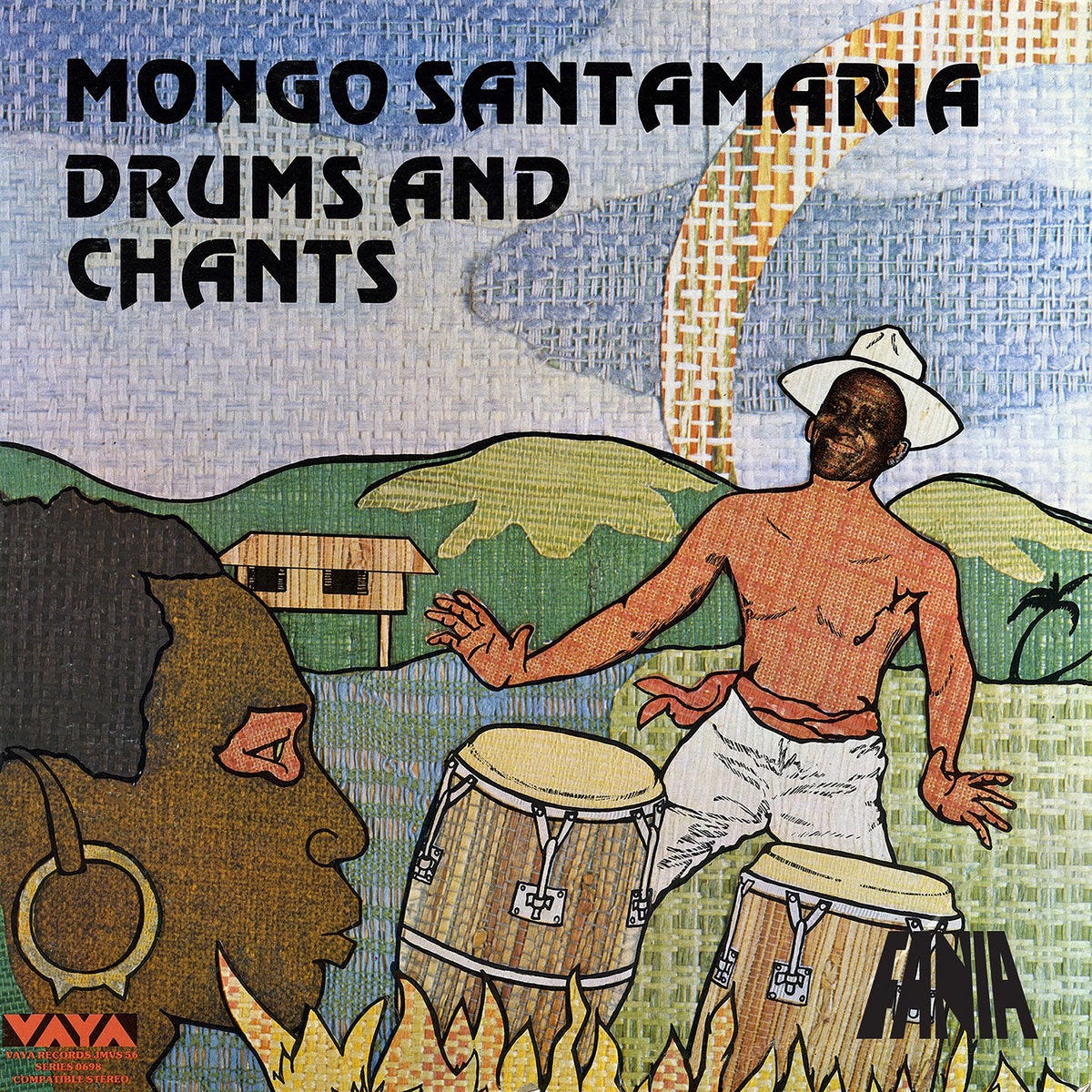EVERY GENRE PROJECT - February 29 - Guaguancó
Genre of the Day - Guaguancó
Album of the Day - Drums and Chants by Mongo Santamaria (1957)
Happy leap year day, everyone! I am fortunate to know a leap year baby, whose birthday function I will be attending later tonight. He is turning five! If I was a leap day baby, my birthday festivities would not be limited to a single hour. I would be claiming the whole week, if not the month, to make up for days lost. Anyway, somehow despite February having the least days, today we find ourselves listening to the third Cuban album of the month. Maybe there’s something in the air. Or, more likely, Cuba is just a particularly musically prolific and diverse place. Either way, it’s genuinely impressive how diverse the listens have been—it’s been a true exercise in genre hopping.
Guaguancó, more than our other Cuban genres we’ve examined perhaps, is a fine exemplar of the Afro-Cuban identity that permeates all of Cuban music and gives it its special flair. According to a 2014 study, the genetic admixture of the population of Cuba is 20% African, whatever that means. What can be extrapolated from that, though, is that Spain imported many enslaved Africans, who brought with them some of the strongest and most persistent musical and religious traditions. Take for example santería, which is most influenced by native Yoruba religion with elements of Christianity.
Guaguancó represents the salience of those Afro-Cuban traditions in musical form. It developed from other forms of rumba, which is really just shorthand for any secular African dance music tradition in Cuba. though a long lineage can be pointed down as ethnomusicologists tend to do—I mean, it is their job—Mongo Santamaría, a seminal guaguancó artist, chalked it down to what happened when Afro-Cubans attempted to sing flamenco. In essence, the ebullience of flamenco combined with the unique drum patterns of western and central African extract. Santamaría was definitely downplaying its uniqueness; guaguancó even features its own distinctive dance, an unabashedly sexual couples’ dance. Interestingly, the genre did not emerge until after the abolition of slavery in Cuba in the scarily late year of 1886, so it was one that popped up organically on the free streets.
In this column we’ve heard a lot of unique drumming, but today’s album really takes the cake for the most cascadingly complex, shockingly interlocking one. The power here does not exceed that of inkiranya, but the sheer velocity of each drum part does. Although the human voice is a center piece of guaguancó music, even in context the fastest singer and the call-and-responses on each song can not touch what is going on in the rhythm. The drums are so complex, so multilayered, even so melodic, that the occasional drenches of horn spliced in fade away upon arrival and take a backseat. Even within a song, the tempo varies quickly and easily, such as on “Bembe Kinigua.” while many songs are in Spanish, the use of African languages in many songs—Spotify lyrics fail again so I can not translate and pinpoint what language exactly—speaks to the strength of Afro-Cuban identity on the island. While most songs sound exuberant and celebratory, “Druma Kuyi” settles in a more reserved, serious tone—there’s a dynamic gravity to guaguancó that fits its unique, frenzied strength. Its insistence is irresistible.




